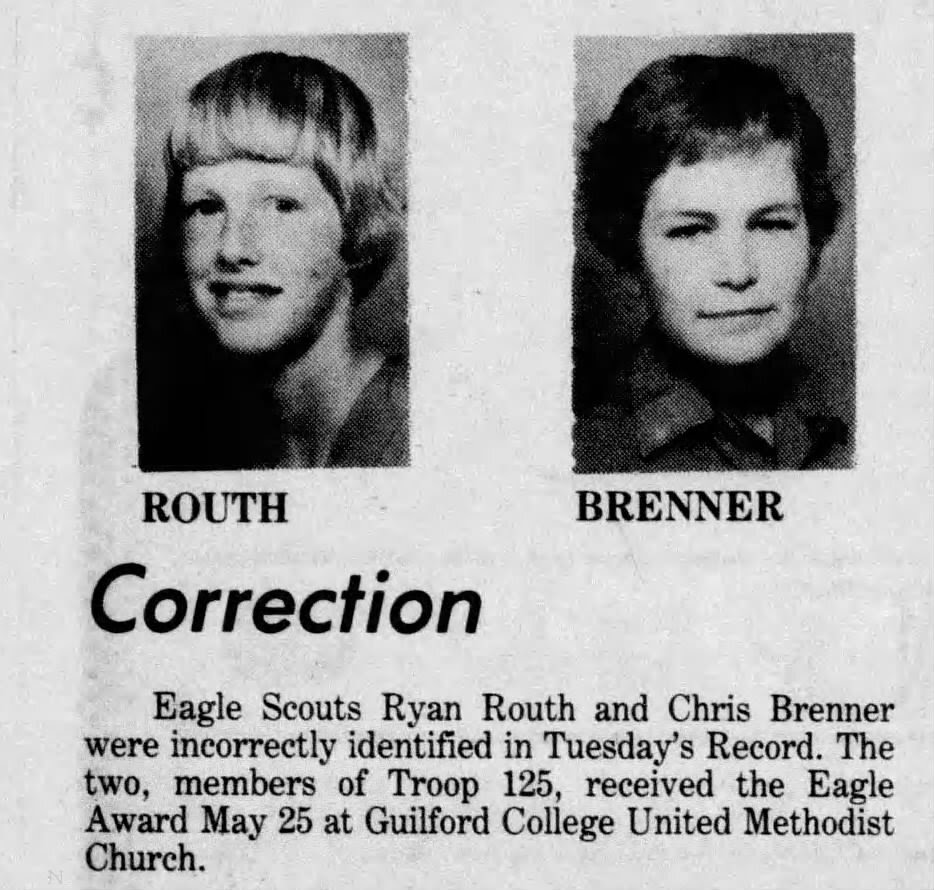
21 Sep Genealogy- Newsletter- September 21, 2024
Contents
- 1 THANKS FOR DOING MY GENEALOGY, NOW YOU MUST DIE!
- 2 MY GENEALOGY- WHAT ABOUT HENRY NEVIUS’ 2ND WIFE’S 1ST HUSBAND AND WHERE WAS HENRY?
- 3 AS PART OF GENEALOGY- THE BENEDICT ARNOLD OF WW2
- 4 CADWALADER, WICKERSHAM AND TAFT
- 5 GENEALOGY AND THOMAS JEFFERSON’S RIGHT-HAND MAN
- 6 A GENEALOGY ITEM- IF HARRIS WINS, WE WILL HAVE OUR SEVENTH PRESIDENT THAT HASN’T HAD A NATURAL CHILD, WELL SORT OF…
- 7 WHAT ABOUT YOUR DESCENDANTS KNOWING ABOUT THEIR GENEALOGY?
 THANKS FOR DOING MY GENEALOGY, NOW YOU MUST DIE!
THANKS FOR DOING MY GENEALOGY, NOW YOU MUST DIE!
In Bergen, Norway, we took a walking tour of the city, and the guide took us to the statue of Snorri Sturluson (1179 –1241). He was an Icelandic historian, poet, and politician. He was elected twice as lawspeaker of the Icelandic parliament, the Althing. He is commonly thought to have authored or compiled portions of the Prose Edda, which is a major source for what is today known about Norse mythology and alliterative verse, and Heimskringla, a history of the Norse kings that begins with legendary material in Ynglinga saga and moves through to early medieval Scandinavian history.
Heimskringla (the circle of the world) is the best-known of the Old Norse kings’ sagas. It was written in Old Norse in Iceland. Heimskringla is a collection of sagas about Swedish and Norwegian kings, beginning with the saga of the legendary Swedish dynasty of the Ynglings, followed by accounts of historical Norwegian rulers from Harald Fairhair of the 9th century up to the death of the pretender Eystein Meyla in 1177.
In the summer of 1218, he left the lawspeaker position and sailed to Norway, by royal invitation. He became well acquainted with the teenage King Hákon Hákonarson and his co-regent, Jarl Skúli. He spent the winter as the house guest of the jarl. They showered gifts upon him, including the ship in which he sailed, and he, in return, wrote poetry about them. In the summer of 1219, he met his Swedish colleague, the lawspeaker Eskil Magnusson, and his wife, Kristina Nilsdotter Blake, in Skara. They were both related to royalty and probably gave Snorri an insight into the history of Sweden.
Snorri was mainly interested in history and culture. The King of Norway appreciated Snorri’s working on his genealogy and documenting his line back to the 8th century. The Norwegian regents cultivated Snorri, made him a knight, and received an oath of loyalty.
The king hoped to extend his realm to Iceland, which he could do by convincing the Althing, where Snorri exerted much influence due to his political ties and legal acumen.
In 1220, Snorri returned to Iceland and, by 1222, was back as law speaker of the Althing, which he held until 1232. Politically, he was the king’s spokesman, supporting union with Norway, a platform that earned him enemies among the chiefs. Snorri was the most powerful chieftain in Iceland between 1224 and 1230.
Many other chiefs found his position as royal office-holder contrary to their interests. Snorri’s strategy seems to have been to consolidate power over them, at which point he could offer Iceland to the king. His first moves were civic. However, his actions eventually led to clan warfare.
Norwegian King Haakon IV tried to intervene from afar, inviting all of Iceland’s chieftains to a peace conference in Norway. Instead of killing his opponents, Snorri insisted they take the king up on his offer. In 1237, Snorri thought it best to travel to Norway and join the king.
When Snorri arrived in Norway for the second time, it was clear to the king that he was no longer a reliable agent. Snorri requested permission to return home, but the king could not predict Snorri’s behavior, so permission was denied. He was explicitly ordered to remain in Norway based on his honorary rank.
Snorri must have had his own ideas about the king’s position and the validity of his orders, but at any rate, he chose to disobey them; his words, according to Saga, ‘út vil ek’ (literally ‘out want I’, but idiomatically ‘I will go home’), have become proverbial in Icelandic. He returned to Iceland in 1239.
Snorri resumed his chieftainship and tried to crush his opponents. After the jarl’s defeat, Haakon sent two agents bearing a secret letter with orders to kill or capture Snorri. Shortly after, Snorri receives a letter in cipher runes warning him of the plot, but he cannot understand it.
The King’s agent sent seventy men on a daring raid to Snorri’s house, achieving complete surprise. Snorri Sturluson was assassinated in his house at Reykholt in the autumn of 1241. It is not clear that he was given the option of surrender. He fled to the cellar and was struck down there.
This act was not popular in either Iceland or Norway. To diminish the hostility, the king insisted that he would have been spared if Snorri had submitted.
The fact that he could make such an argument reveals how far his influence in Iceland had come. Haakon went on suborning the chiefs of Iceland. In 1262, the Althing ratified union with Norway, and royal authority was instituted in Iceland. Each member swore an oath of personal loyalty to the king, which continued as each new king came to the throne until the Icelanders formally accepted absolute and hereditary monarchy in 1662.
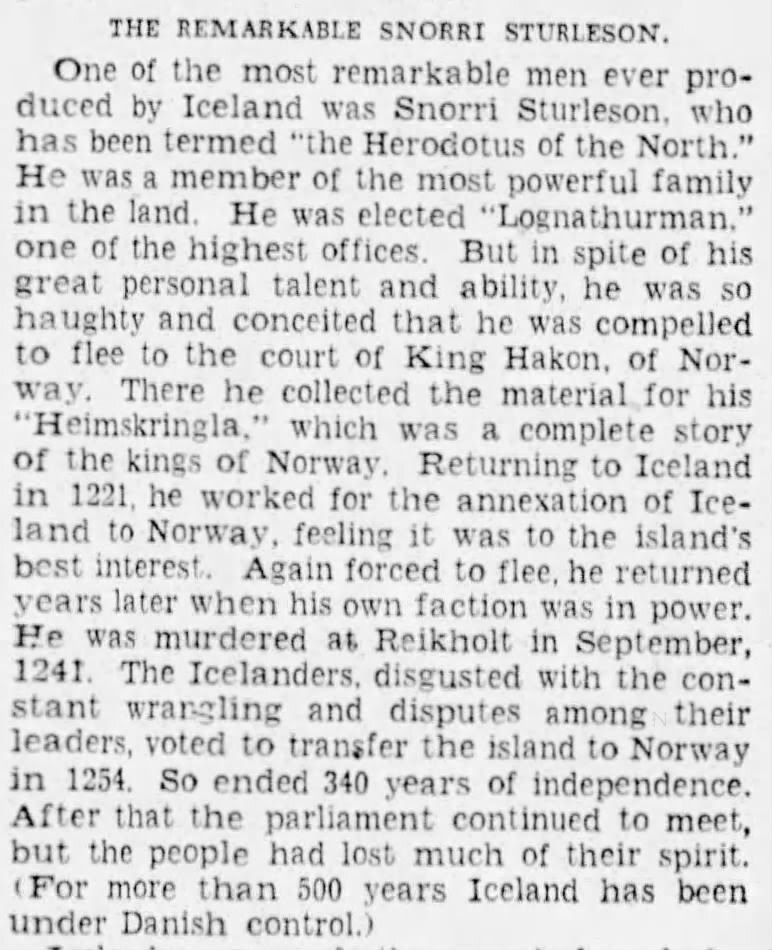
 MY GENEALOGY- WHAT ABOUT HENRY NEVIUS’ 2ND WIFE’S 1ST HUSBAND AND WHERE WAS HENRY?
MY GENEALOGY- WHAT ABOUT HENRY NEVIUS’ 2ND WIFE’S 1ST HUSBAND AND WHERE WAS HENRY?
In our last edition, we covered my GGG Grandfather’s four sons who went to fight in the Civil War.
FOUR BROTHERS FOUGHT IN THE CIVIL WAR, ONLY TWO MADE IT HOME
Here are a couple of follow-up items:
The first letter shows that Augusta Post Malden Nevius thought her first husband had died but then found out he was living in another part of the country under an assumed name.
The second letter below shows that Henry’s concerned father, William I. Nevius, had written a letter to Abraham Lincoln’s Secretary of War, Edwin Stanton, regarding his son’s whereabouts since being paroled by the Confederates. In the letter, he mentions losing two sons in the war.

 AS PART OF GENEALOGY- THE BENEDICT ARNOLD OF WW2
AS PART OF GENEALOGY- THE BENEDICT ARNOLD OF WW2
In some places in Europe, the City Hall is a top attraction. It sounds boring to consider visiting City Hall in America as a tourist, but not in Oslo. The City Hall is called the Radhuset. It is decorated with murals that reflect Norway’s history.
Most people think of Norway as where Vikings hung out in fjords, but its history is complex and presented in these full-length murals. Denmark ruled Norway, or various combinations of Denmark and Sweden, for 400 years, something they refer to as the 400-year night.
Due to Denmark being on the losing side in the Napoleonic Wars, Norway momentarily gained its independence in 1814. However, it was then incorporated into Sweden as a war prize for their being on the winning side.
In 1905, they gained their freedom from Sweden, and they were an independent but poor country. They were neutral in WW1 and tried to be in WW2. However, the Nazis invaded.
As a kid, I remember hearing the term Quisling, which was considered synonymous with Benedict Arnold but was Norwegian.
I asked about Quisling, and the tour guide said they were not allowed to talk about him as the radicals would use it as propaganda. She said that for the same reason, while they had the Nazi murals, they did not use Hitler’s name either. Here’s the story on Quisling (pictured above).
In 1933, Vidkun Quisling founded the fascist National Gathering Party. Although he gained some popularity after he attacked the political left, his party failed to win any seats in the Storting, and by 1940, it was still little more than peripheral. On April 9, 1940, with the German invasion of Norway in progress, he attempted to seize power in the world’s first radio-broadcast coup d’état. Still, he failed since the Germans sought to convince the recognized Norwegian government to legitimize the German occupation, as had been done in Denmark during the simultaneous invasion there, instead of recognizing Quisling.
On February 1, 1942, he formed a second government, approved by the Germans, and served as minister-president. He headed the Norwegian state administration jointly with the German civilian administrator, Josef Terboven. His pro-Nazi puppet government, known as the Quisling regime, was dominated by ministers from the National Gathering. The collaborationist government participated in Germany’s war efforts and sent Jews out of the country to concentration camps in occupied Poland.
Quisling was put on trial during the legal purge in Norway after World War II. He was found guilty of charges including embezzlement, murder, and high treason against the Norwegian state and was sentenced to death. He was executed by firing squad at Akershus Fortress, Oslo, on 24 October 1945.
Since his death, Quisling has become one of history’s most infamous traitors due to his collaboration with Nazi Germany. Quisling has become a byword for “collaborator” or “traitor” in several languages. The term reflects the contempt with which Quisling’s conduct has been regarded at the time and present.
Norway is doing great now. According to the World Bank and IMF, the country has the fourth—and eighth-highest per-capita income in the world, respectively. It also has the world’s largest sovereign wealth fund, valued at US$1.3 trillion.
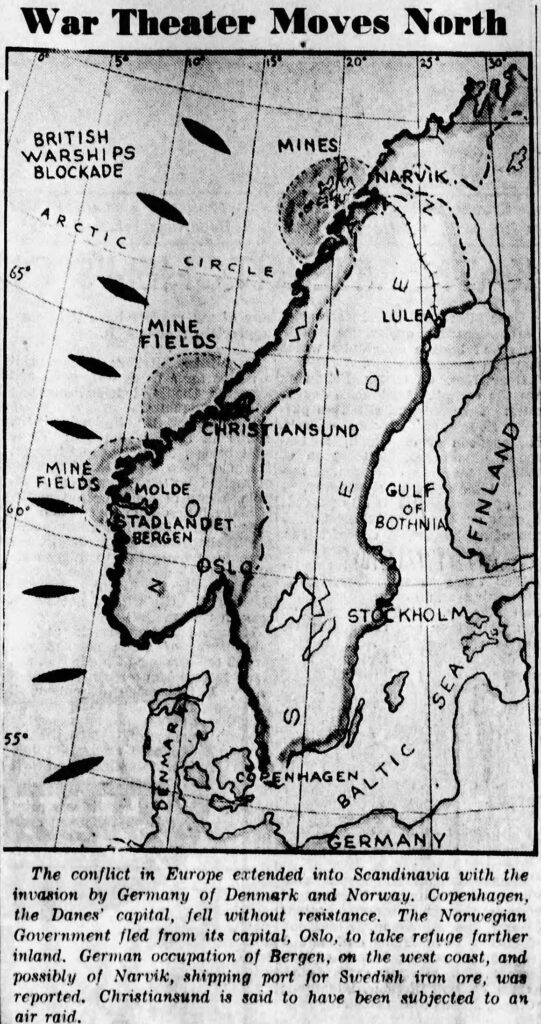

CADWALADER, WICKERSHAM AND TAFT
Cadwalader is not an everyday name. With my wife having all three of the firm’s names in her genealogy, I thought I would see how she related to the founders of the firm Cadwalader, Wickersham & Taft LLP (referred to as Cadwalader) which is a white-shoe law firm based in New York City. It is the city’s oldest law firm and one of the oldest continuously operating legal practices in the United States. Attorney John Wells founded the practice in 1792. Cadwalader’s Lower Manhattan headquarters is one of five offices in three countries. In 2022, the firm had approximately 400 attorneys.
Cadwalader Ancestry:
• John Lambert Cadwalader (1836 – 1914) (pictured top left) was assistant secretary of state during President Ulysses S. Grant’s administration. He partnered with Charles E. Strong, the cousin of the son of the second partner of the above, John Wells.
• General Thomas McCall Cadwalader (1795–1873) was an American who trained to be a lawyer but made his career in the military, retiring as a major general.
• Lambert Cadwalader (1742 – 1823) was an American merchant and leader in New Jersey and Pennsylvania. He fought in the Revolutionary War and then represented New Jersey in the Continental Congress and the U.S. Congress.
• Thomas Cadwalader (1707 – 1779) was an American physician in Philadelphia, Pennsylvania.
• John Cadwalader (1677–1734) was born in Bala, Wales, before coming to the Province of Pennsylvania in British America in 1697, seeking a place to practice his Quaker faith. He married Martha Jones, the daughter of Edward Jones, my wife’s six-times Great Grandfather.
Wickersham Ancestry:
• George Woodward Wickersham (1858 – 1936) (pictured top middle) was an American lawyer and Attorney General in the administration of President William H. Taft. He returned to government to serve in appointed positions under both Republican and Democratic administrations, for Woodrow Wilson and Herbert Hoover. He was President of the Council on Foreign Relations for the latter. He joined Cadwalader in 1883 and was made partner in 1887.
• Edwin D. Wickersham (1837-1874)
• Philip Wickersham (1801-1878)
• Amos Wickersham (1773- 1846)
• William Wickersham (1740-1822)
• William Wickersham (1706-1788)
• Thomas Wickersham (1660-1700), my wife’s five-times Great Grandfather.
Taft Ancestry:
• Henry Waters Taft (1859 – 1945) (pictured top right) was an American lawyer and writer. He was the son of Alphonso and brother of President William Howard Taft. A renowned antitrust lawyer, he began working at Cadwalader in 1889.
• Alphonso Taft (1810-1891) was an American jurist, diplomat, politician, Attorney General, and Secretary of War under President Ulysses S. Grant. He was also the founder of the Taft political dynasty and the father of President and Chief Justice William Howard Taft.
• Peter Rawson Taft (1785-1867) was an American lawyer, judge, and legislator.
• Aaron Taft (1743-1808)
• Elizabeth Cheney (1707-1783)
• Josiah Cheney (1685-1754)
• Joseph Cheney (1647-1704), my wife’s eight-times Great Grandfather.
If you’re interested more in the firm, here’s a link to the bicentennial anniversary brochure
History Brochure.q4 (cadwalader.com)
 GENEALOGY AND THOMAS JEFFERSON’S RIGHT-HAND MAN
GENEALOGY AND THOMAS JEFFERSON’S RIGHT-HAND MAN
Edmund Bacon (1785–1866) (pictured) was the business manager and primary overseer for 20 years for President Thomas Jefferson at Monticello. Among some of his other business duties, Bacon supervised the daily chores and activities of farming and ranching at Monticello along with Jefferson’s nail forge. His responsibilities included overseeing and providing supplies and other needs for Jefferson’s slaves. When he retired, Bacon moved to Kentucky, where he was discovered by the author Rev. Hamilton Pierson, who used his memoirs and letters to write a book about Jefferson’s personal life and character. The memoirs of Bacon’s life at Monticello have given much insight into the daily activities and Jefferson’s life and personality.
Here is an excerpt:
Edmund Bacon’s Account of Thomas Jefferson’s Reception at Culpeper Court House [March 13, 1809]
“We got loaded up ready to start home, and I left Washington on the third of March. Mr. Jefferson stayed to attend the inauguration but overtook us before we got home. I had three wagons from Monticello—two six-mule teams loaded with boxes and the other four sorrel Chickasaw horses. The wagon was pretty much loaded with shrubbery from Maine’s nursery. The servants rode on these wagons. I had the carriage horses and carriage and rode behind them.
On our way home, we had a tremendous snowstorm. It snowed very fast, and it was half-leg deep when we reached Culpepper Court House. A large crowd had collected there, expecting the President to be along. When I rode up, they thought I was the President and shouted and hurrahed tremendously. When I exited the carriage, they laughed heartily at their mistake. There was a platform along the whole front of the tavern, full of people. Some of them had been waiting a good while and drinking a good deal, and they made so much noise that they scared the horses, and Diomede backed and trod upon my foot and lamed me so that I could hardly get into the carriage the next morning. There was one very tall old fellow was noisier than any of the rest, who said he was bound to see the President—“Old Tom,” he called him. They asked me when he would be along, and I told them I thought he would certainly be along that night, and I looked for him every moment. The tavern was kept by an old man named Shackleford. I told him to have a large fire built in a private room, as Mr. Jefferson would be very cold when he got there, and he did so. I soon heard shouting, went out, and Mr. Jefferson was in sight. He was in a one-horse vehicle—a phaeton—with a driver and a servant on horseback. When he came up, there was great cheering again. I motioned him to follow me, took him straight to his room, and locked the door. The tall old fellow came and knocked very often, but I would not let him in. I told Mr. Jefferson not to mind him as he was drunk. Finally, the door was opened, and they rushed in and filled the room. It was as full as I had ever seen a bar room. He stood up and gave them a short address. Afterward, some of them told him they had mistaken me for him. He went on the next day and reached Monticello before we did so that I did not see the large reception that the people of Albemarle gave him when he got home.”

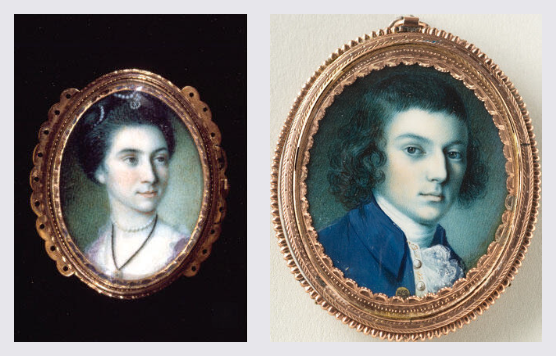
A GENEALOGY ITEM- IF HARRIS WINS, WE WILL HAVE OUR SEVENTH PRESIDENT THAT HASN’T HAD A NATURAL CHILD, WELL SORT OF…
Presidents are, for the most part, a fertile group, having produced 160 or so children. However, six presidents, have not had biological children:
GEORGE WASHINGTON likely contracted and what might explain his infertility is tuberculosis. Washington’s likely exposure was via his brother Lawrence, who was dying of the disease when George accompanied him to Barbados in 1751 at age 19. While in Barbados, Washington contracted smallpox and was very ill, a circumstance that would have weakened his immunity considerably. On his return from Barbados, Washington spent several months combating pleurisy. Given the timing and duration of this illness, it was quite probably an initial pulmonary infection with tuberculosis contracted from his brother. Shortly after Washington’s recovery from pleurisy, Lawrence died from tuberculosis. George recovered from his illnesses.
Of course, Washington did serve as a stepfather to Martha Dandridge Custis’ two surviving children from her first marriage; John Parke Custis was four when they married, and Martha was three. They were so young that they likely only had memories of Washington as a father. Sadly, both preceded their parents in death; Martha died at age 17 from seizures, and John, at 26, from camp fever, acquired as Washington’s aide at Yorktown. They are pictured above.
JAMES MADISON never had children with Dolley, he adopted her one surviving son, John Payne Todd (known as Payne), after the couple’s marriage.
ANDREW JACKSON and his wife, Rachel Donelson, had no children together but adopted Andrew Jackson Jr., the son of Rachel’s deceased brother, Severn Donelson. The Jacksons were guardians of Donelson’s other children: John Samuel, Daniel Smith, and Andrew Jackson. They were also guardians for Andrew Jackson Hutchings, Rachel’s orphaned grandnephew, and the orphaned children of a friend, Edward Butler – Caroline, Eliza, Edward, and Anthony – who lived with the Jacksons after their father died. Jackson also had three Creek children living with them: Lyncoya, a Creek orphan Jackson had adopted after the Battle of Tallushatchee, and two boys they called Theodore and Charley.
JAMES KNOX POLK suffered from frail health as a child, a particular disadvantage in a frontier society. His father took him to see prominent Philadelphia physician Dr. Philip Syng, Physick for urinary stones. James’s severe pain broke off the journey, and Dr. Ephraim McDowell of Danville, Kentucky, operated to remove them. No anesthetic was available except brandy. The operation was successful, but it may have left James impotent or sterile.
JAMES BUCHANAN never married. Harriet Lane, the daughter of James Buchanan’s sister Jane and Elliot Toll Lane, lived under her uncle’s guardianship from age 11 in 1841. During that time, Harriet and her Uncle James developed a father-daughter relationship.
WARREN HARDING is the “well-sort of”. While Warren and his wife, Florence, never had children, DNA has proven that Elizabeth Ann Britton was the daughter of Harding’s mistress, Nan Britton. We wrote in July 2023 about Harding’s love child- Harding’s affair
Kamala Harris became a stepmom to Cole and Ella Emhoff when they were 20 and 15.

 WHAT ABOUT YOUR DESCENDANTS KNOWING ABOUT THEIR GENEALOGY?
WHAT ABOUT YOUR DESCENDANTS KNOWING ABOUT THEIR GENEALOGY?
Reach out to Dancestors Genealogy. Our genealogists will research, discover, and preserve your family history. No one is getting any younger, and stories disappear from memory every year and eventually from our potential ability to find them.
Preserve your legacy and the heritage of your ancestors.
Paper gets thrown in the trash; books survive!
Ready to embark on your family history journey? Don’t hesitate. Call us at 214-914-3598, and let’s get your project started!
The picture at the top of the page is of Ryan Routh, the recently arrested desiring assassin. He seems to have started off as a good kid. Where did he go astray?


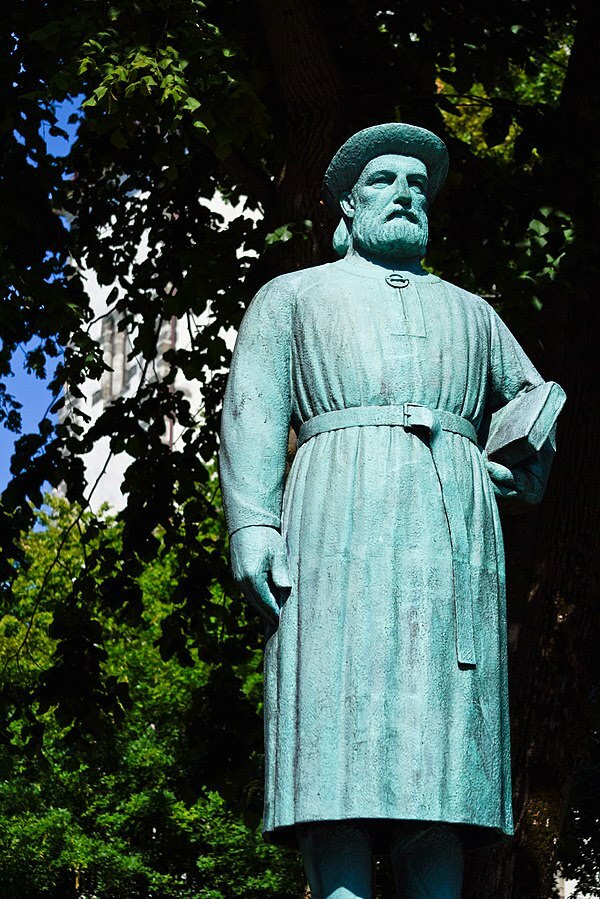 THANKS FOR DOING MY GENEALOGY, NOW YOU MUST DIE!
THANKS FOR DOING MY GENEALOGY, NOW YOU MUST DIE!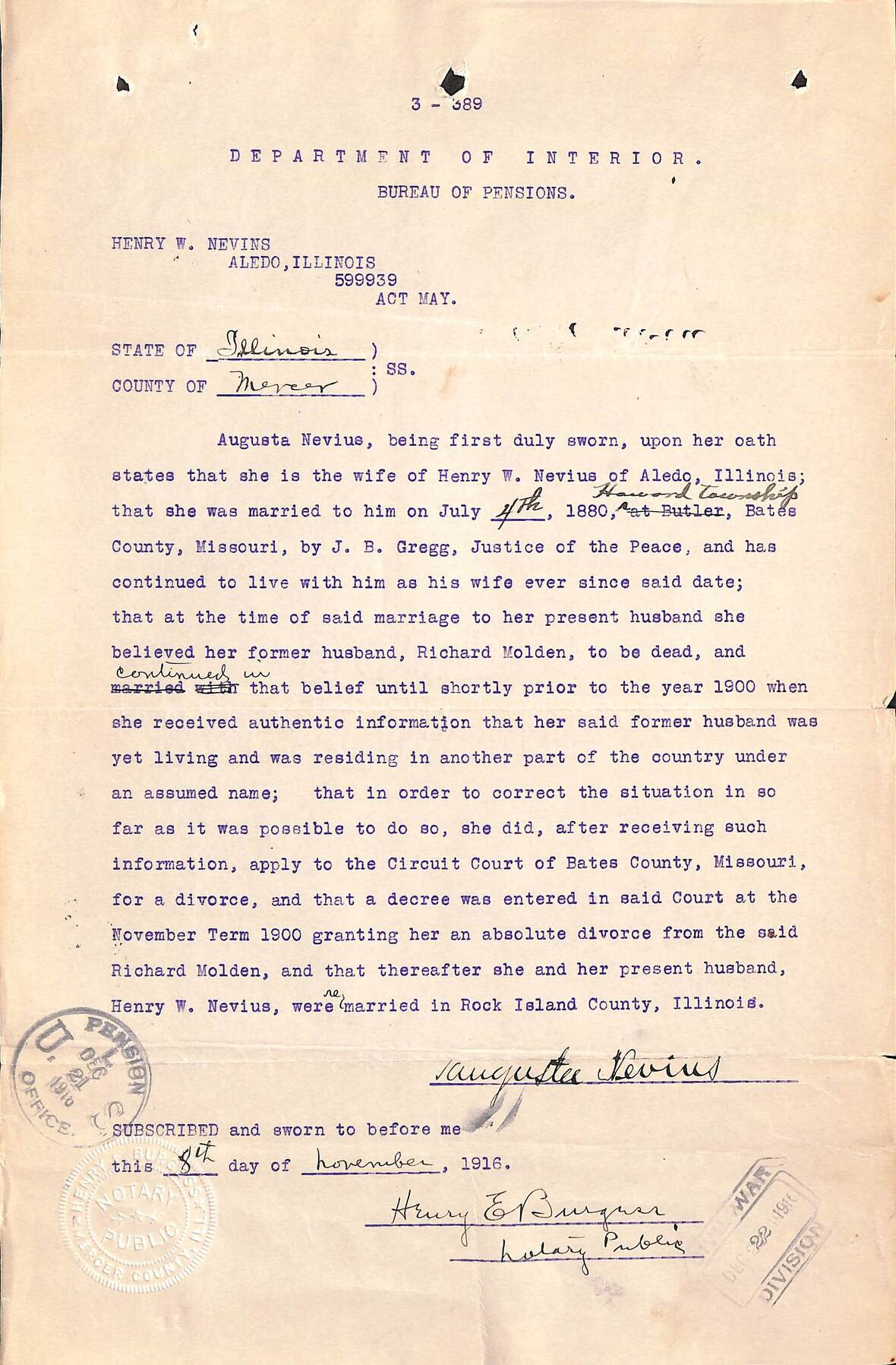 MY GENEALOGY- WHAT ABOUT HENRY NEVIUS’ 2ND WIFE’S 1ST HUSBAND AND WHERE WAS HENRY?
MY GENEALOGY- WHAT ABOUT HENRY NEVIUS’ 2ND WIFE’S 1ST HUSBAND AND WHERE WAS HENRY?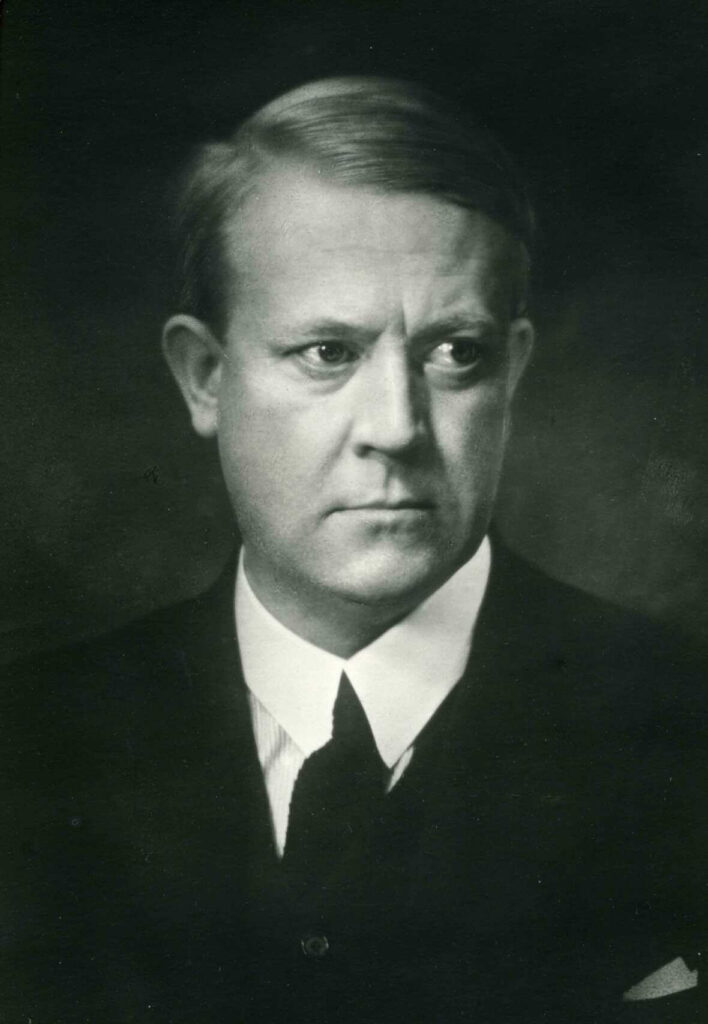 AS PART OF GENEALOGY- THE BENEDICT ARNOLD OF WW2
AS PART OF GENEALOGY- THE BENEDICT ARNOLD OF WW2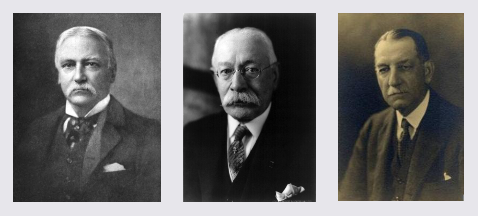
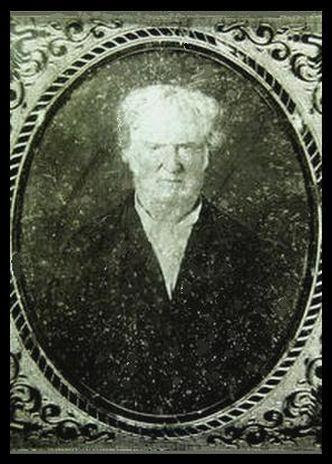 GENEALOGY AND THOMAS JEFFERSON’S RIGHT-HAND MAN
GENEALOGY AND THOMAS JEFFERSON’S RIGHT-HAND MAN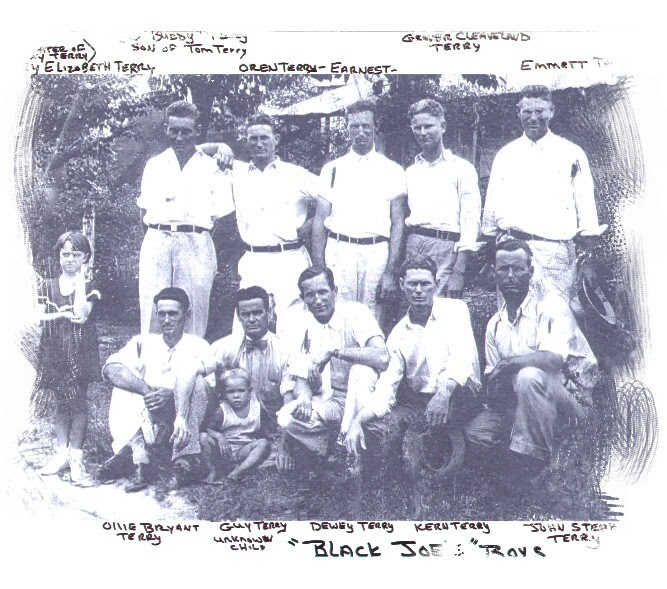 WHAT ABOUT YOUR DESCENDANTS KNOWING ABOUT THEIR GENEALOGY?
WHAT ABOUT YOUR DESCENDANTS KNOWING ABOUT THEIR GENEALOGY?